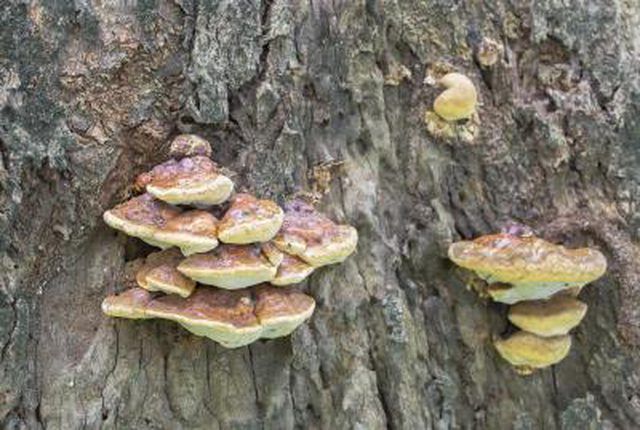Bulbs
Flower Basics
Flower Beds & Specialty Gardens
Flower Garden
Garden Furniture
Garden Gnomes
Garden Seeds
Garden Sheds
Garden Statues
Garden Tools & Supplies
Gardening Basics
Green & Organic
Groundcovers & Vines
Growing Annuals
Growing Basil
Growing Beans
Growing Berries
Growing Blueberries
Growing Cactus
Growing Corn
Growing Cotton
Growing Edibles
Growing Flowers
Growing Garlic
Growing Grapes
Growing Grass
Growing Herbs
Growing Jasmine
Growing Mint
Growing Mushrooms
Orchids
Growing Peanuts
Growing Perennials
Growing Plants
Growing Rosemary
Growing Roses
Growing Strawberries
Growing Sunflowers
Growing Thyme
Growing Tomatoes
Growing Tulips
Growing Vegetables
Herb Basics
Herb Garden
Indoor Growing
Landscaping Basics
Landscaping Patios
Landscaping Plants
Landscaping Shrubs
Landscaping Trees
Landscaping Walks & Pathways
Lawn Basics
Lawn Maintenance
Lawn Mowers
Lawn Ornaments
Lawn Planting
Lawn Tools
Outdoor Growing
Overall Landscape Planning
Pests, Weeds & Problems
Plant Basics
Rock Garden
Rose Garden
Shrubs
Soil
Specialty Gardens
Trees
Vegetable Garden
Yard Maintenance
White Fungus on Bushes & Trees
White Fungus on Bushes & Trees. White growths contrast sharply with normal plant colors and are reason for concern, because most white growths are caused by disease fungi. Fungi get their food by decomposing dead organic matter or by parasitizing living organisms. A fungus has threadlike growths called hyphae that form a matlike mycelium. The fungi...
White growths contrast sharply with normal plant colors and are reason for concern, because most white growths are caused by disease fungi. Fungi get their food by decomposing dead organic matter or by parasitizing living organisms. A fungus has threadlike growths called hyphae that form a matlike mycelium. The fungi secrete enzymes that digest tissues, living on the released nutrients. Fungi eventually produce spores. Cultural controls that prevent or lessen fungal diseases are often all that's needed. Sometimes fungicides are necessary.
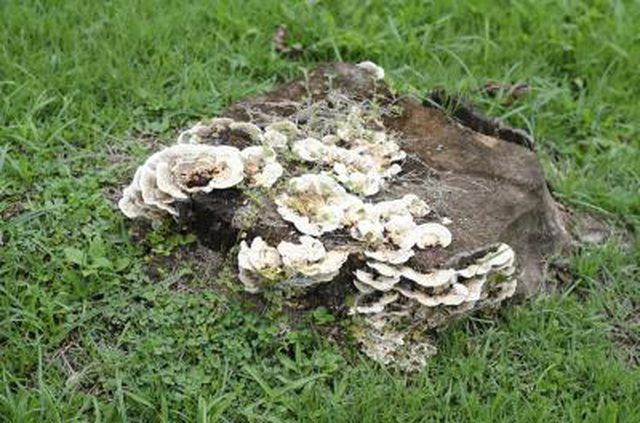
Powdery mildew affects many trees, shrubs, vegetables and perennials. It appears on leaves and stems during warm weather. The spores spread by water, insects or wind. The fungus resembles a coating of chalk dust on plant surfaces. This is the fungus mycelium, which sends tiny growths into plant cells to parasitize them. Prevent powdery mildew by providing good air circulation around plants, using resistant varieties and lowering relative humidity by not getting the leaves wet when you water the plants. Prune off plant parts infected with powdery mildew and any fallen leaves or stems and dispose of them. Spray the pruning tools with household disinfectant between cuts and between plants so you minimize the spread of the disease.
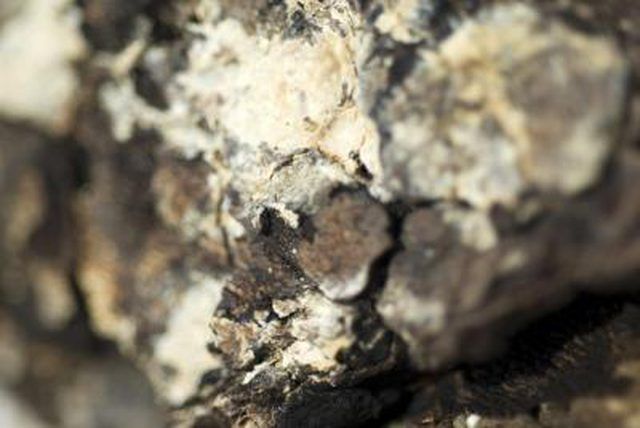
Most commonly seen in crop plants, white mold (Sclerotinia spp.) also infects stone fruit trees as well as ornamental trees and shrubs. The spores can travel more than 1 mile in wind to infect new plants. They begin in dead tissue, such as wilted flowers, and then spread to healthy growth. The infected area looks greasy or watery, but after a few days white, cottony-looking fungal growths appear. Eventually, the mycelium produces hard, black structures called sclerotia. They can last for years and give rise to spores. To control white mold, destroy any infected plants and clean up weeds, which can harbor the fungus, and remove soil that contains sclerotia. Avoid crowded plantings so air can circulate, and choose resistant species.
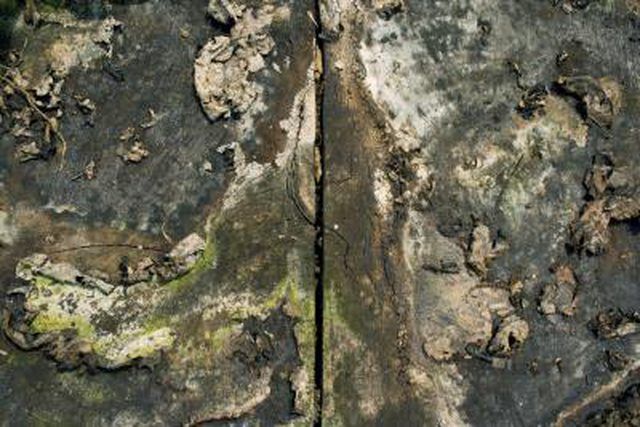
If fungal infections worsen despite preventative measures, aim to use the least environmentally harmful substance to control the problem. Neem oil gives protection and control of powdery mildew for trees and shrubs. Mix 2 tablespoons of 70 percent neem oil with 1 gallon of water. Mix it thoroughly and spray all plant parts, including the undersides of leaves, until the plant is completely wet. Shake the mixture frequently as you spray to keep the solution mixed. Spray every seven days until the mildew is controlled, and then every 14 days to prevent recurrence. Apply neem oil in the early morning or late evening to prevent leaf burn. Don't apply to drought-stressed plants or new tender growth, or to plants known to be sensitive to neem oil. Wear protective clothing and eyewear when you're spraying neem oil. Fungicides for white rot are only preventive, and won't get rid of an existing infection or kill sclerotia.
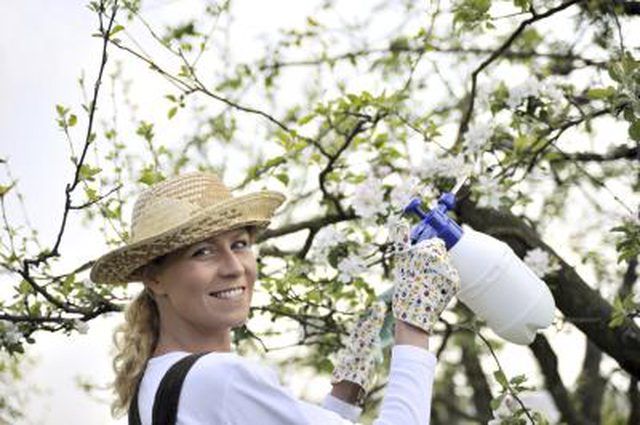
When you see a white bracket fungus or mushroomlike growth on the bark or trunk of a tree, the tree probably has a wood rot fungus. Often by that time, the fungus has already spread throughout the tree. There's no chemical that can control or cure tree decay fungi. If the fungus seems limited to a branch, remove the branch and destroy it, making sure you disinfect your pruning tools after use. Check the tree for structural integrity, because the wood can be weakened and the tree may be in danger of falling or losing limbs. Prevent tree rots by keeping trees healthy, using clean pruning techniques, and avoiding wounding or injuring the tree.
